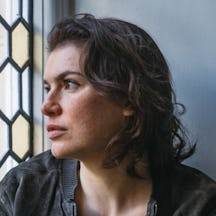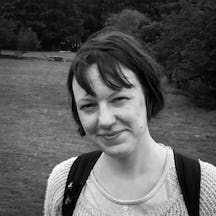As Alev Scott continues her examination of how breastmilk has been traded over time, she learns more about women who informally breastfeed each other’s babies for free. Known as “cross-feeding”, this intimate way of sharing milk creates unique bonds but also provokes a certain kind of squeamishness. Here, Alev explores the complex emotions that can accompany breastfeeding another person’s baby.
Communities of cross-feeders
Words by Alev Scottartwork by Vicky Scottaverage reading time 6 minutes
- Serial
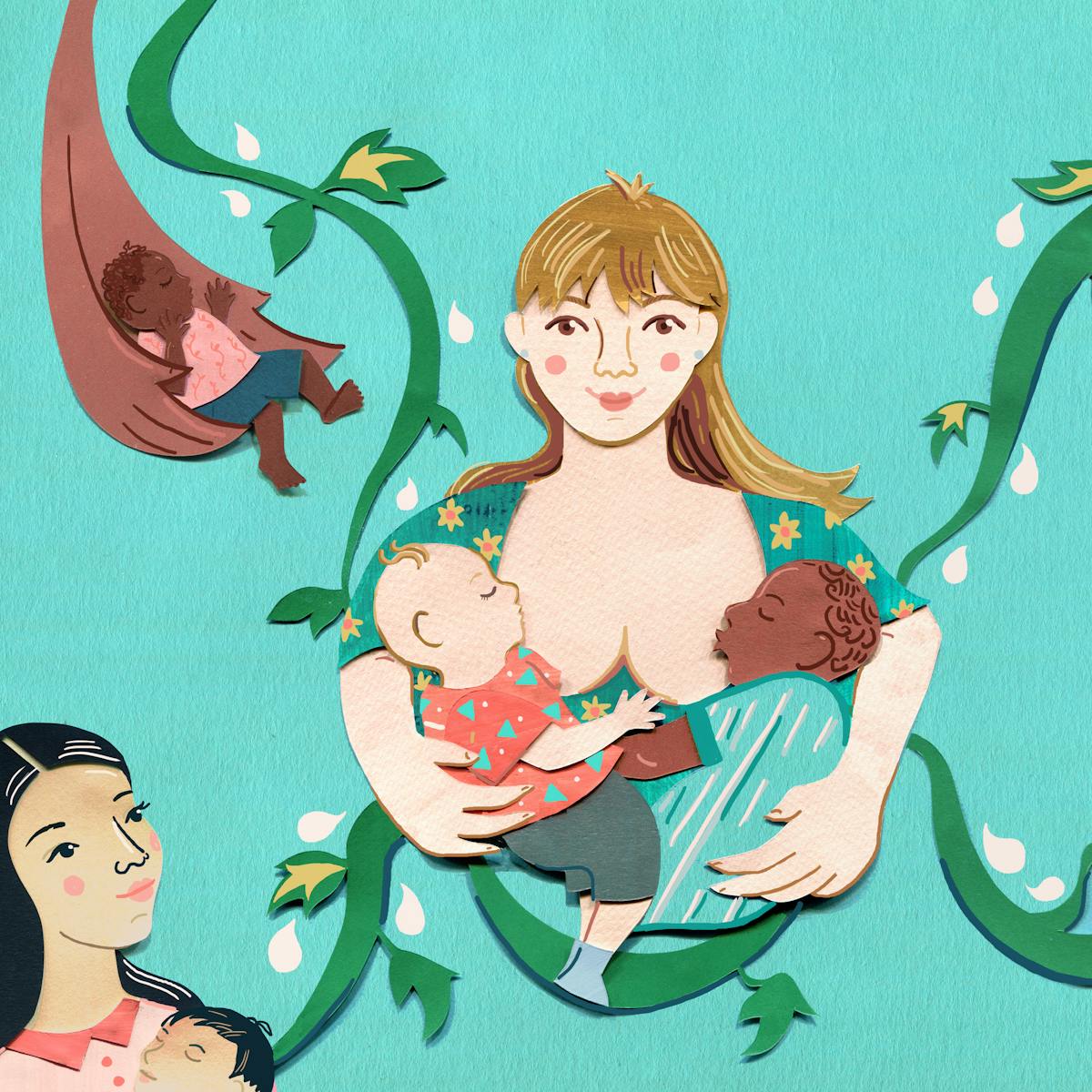
While I was scouring adverts for wet nurses online, I realised I was surprised to read about the women who were offering their services for free. I recognised that the offer was generous, but I did not necessarily find it more understandable than the adverts posted by women who wanted to be paid.
While I could just about get my head around breastfeeding the baby of a close friend, I was struggling to imagine being OK with another woman – particularly a stranger – nursing my own child. Was this personal to me, or a reflection of the culture I live in?
When I interviewed Ana, the mother in Amsterdam who received a breastmilk donation from a woman she did not know, she told me she had initially been hesitant to seek out a stranger’s milk.
“At the beginning, I was kind of ashamed,” she said. “But I shared [the news] with my mother and she was like, ‘Ah, your son is going to have a milk brother!’ She told me it used to happen a lot, and that made me more confident, knowing that it used to be a [common] thing.”
Ana’s mother was right. A deep-rooted tradition of “cross-feeding” has long existed alongside a history of milking for profit: mothers informally feeding each other’s babies for free. In doing so, they have balanced out over- and under-supply among individual women – friends, relatives and neighbours – and created the bond of “milk siblings”.
While I’d felt comfortable donating my surplus breastmilk to a local milk bank, the concept of cross-feeding seemed more alien. I’d first heard about it in 2017, while carrying out some research in Haifa, northern Israel.
I interviewed a woman called Lisa, from an old Jerusalemite family. Her mother was a Moroccan Sephardic Jew and her father an Ashkenazi Jew from Russia, killed before the outbreak of Israel’s War of Independence in 1948. Lisa told me her grandmother had a “milk brother” – a Muslim Arab boy who was breastfed by her great-grandmother.
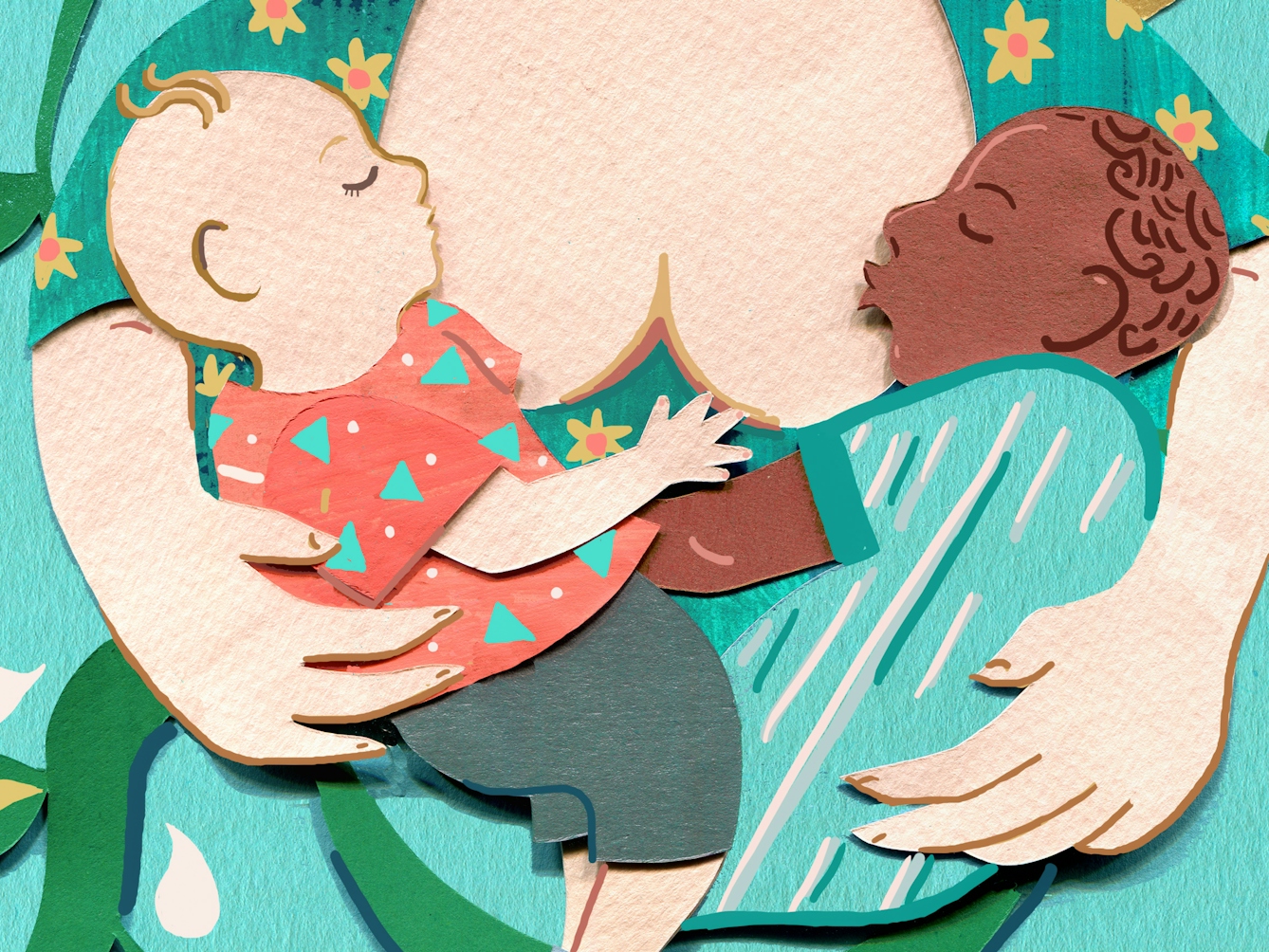
“A deep-rooted tradition of “cross-feeding” has long existed alongside a history of milking for profit.”
Cross-feeding was also a common practice in Ottoman times right up to the early 20th century in the city of Thessaloniki (Salonika), which, like Jerusalem, was an incredibly ethnically and religiously diverse city. As Mark Mazower writes in his history of the city, ‘Salonica, History of Ghosts’, “When well-off Muslim families employed Jewish and Christian servants and milk-nurses, the children of the families intermingled and the boys often became ‘milk-brothers’, a relationship which could endure for many years.”
While I’d felt comfortable donating my surplus breastmilk to a local milk bank, the concept of cross-feeding seemed more alien.
The instinct among mothers to help each other is reflected today in individual donations like the one Ana received, as well as by the donations made to milk banks. One of the more troubling questions raised by the commercial breastmilk industry is whether it impoverishes milk banks that rely on unpaid donations.
I put the question to Lindsay Groff, the executive director of the Human Milk Banking Association of North America (HMBANA), which accredits and works with non-profit milk banks. Her answer was a diplomatic “yes and no”. She went on to explain that, in contrast to the commercial sector, “We are thinking about the health outcome... We are motivated by mission, not by profit.”
While HMBANA donations have risen steadily in the last 20 years – they dispensed nearly ten million ounces of donor milk in 2022 – Groff says the banks always need more milk. “The need for donor milk is constant – just like the blood-banking industry. Raising awareness and making it easy for donors to donate their milk is so important.”
A passion for breastfeeding
While cross-feeding does happen in certain parts of the world today, for example in rural Mongolia, where it is still more common than feeding young babies infant formula, it is a relatively undocumented practice in, for example, the UK. One exception is Samantha Gadsden, from Caerphilly.
Alongside her work as a doula, providing perinatal support to pregnant women, Samantha has breastfed several other women’s babies for free – including those of women she’s met online. In 2018, she told the BBC that she had never experienced jealousy from the mothers she’d helped: “If someone’s asking you to feed their babies, it’s because they need help and you’re giving it to them.”
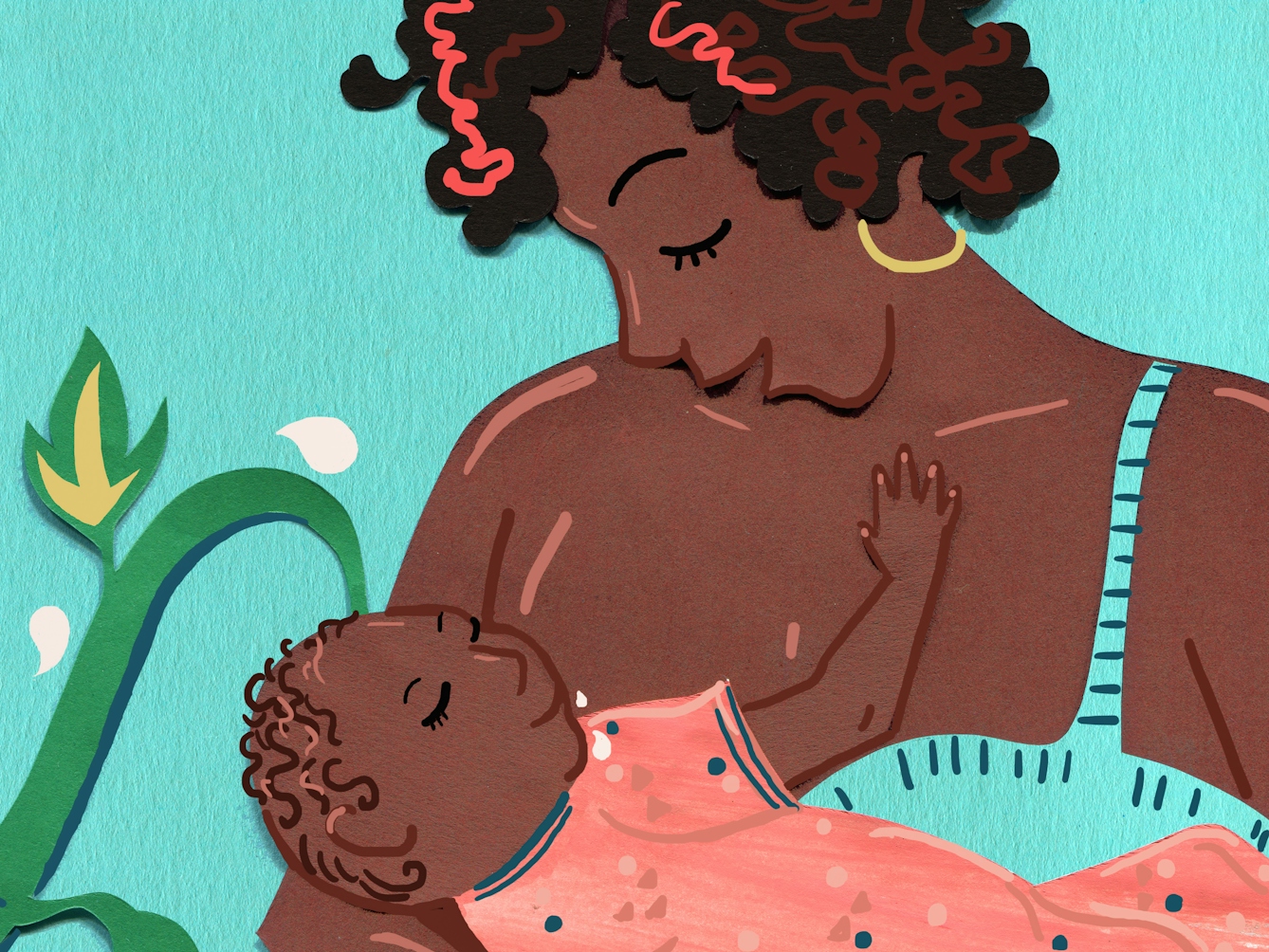
“The instinct among mothers to help each other is reflected today in individual donations like the one Ana received, as well as by the donations made to milk banks.”
I was particularly intrigued by the small number of women on the popular breastmilk marketplace Only The Breast who I saw offering their breastfeeding services for free. Some of them cited the 2022 US infant formula shortage as the reason they had offered their help; others just seemed genuinely passionate about breastfeeding.
I missed breastfeeding my daughter once she weaned, and not just on an emotional level. There is an oxytocin hit that comes with every breastfeeding session, and the hormonal comedown when you stop is widely recognised, sometimes leading to depression. Continuing to breastfeed a younger baby could help alleviate that – which does not detract from the generosity of the act.
I missed breastfeeding my daughter once she weaned, and not just on an emotional level.
Couples who are keen to give their babies breastmilk but are unable to breastfeed sometimes rely on friends to help them out. One incredible woman, Lara Olchanetzky Duke, started lactating seven years after she finished breastfeeding her own children in order to help gay friends who had recently had a baby via a surrogate.
Lara re-established her milk supply six months before the birth by taking hormone-stimulating medication, pumping and hand-expressing. Then, from London, she shipped a total of 35.06 frozen litres to her friends in Hong Kong so that their baby could be fed with breastmilk for the first three months. It is an epic story of friendship, but also of the technology (pumping, freezing, shipping, the synthetic stimulation of hormones) that allowed such a feat to be performed.
As I reflected on these accounts, I found that my feelings about both wet-nursing and cross-feeding were shifting. I still found the idea of breastfeeding a complete stranger’s baby odd, but I also realised that directly or indirectly feeding the baby of someone you know, someone close to you, could be an extension of your existing affection. The knowledge that the child and their parents would be in your life for some time would make it a more meaningful relationship than any commercial exchange – as I was to find out.
Some names have been changed.
About the contributors
Alev Scott
Alev Scott is a journalist and author. Previously based in Istanbul and Athens, she has written about politics and culture in the Mediterranean region for the Financial Times, the Guardian, Harper’s Magazine and Newsweek, among others. Her books are ‘Turkish Awakening’, ‘Ottoman Odyssey’ and ‘Power and the People’.
Vicky Scott
Vicky Scott is a Sheffield-based freelance illustrator who specialises in creating colourful and eye-catching mixed-media collages. Her work is inspired by Art Deco, 1960s psychedelia, mid-20th-century travel posters, and the natural world. To date, she has been commissioned to illustrate for a diverse range of clients including Microsoft, Cheltenham Festivals, the Postal Museum, Waitrose and the RSPB.
